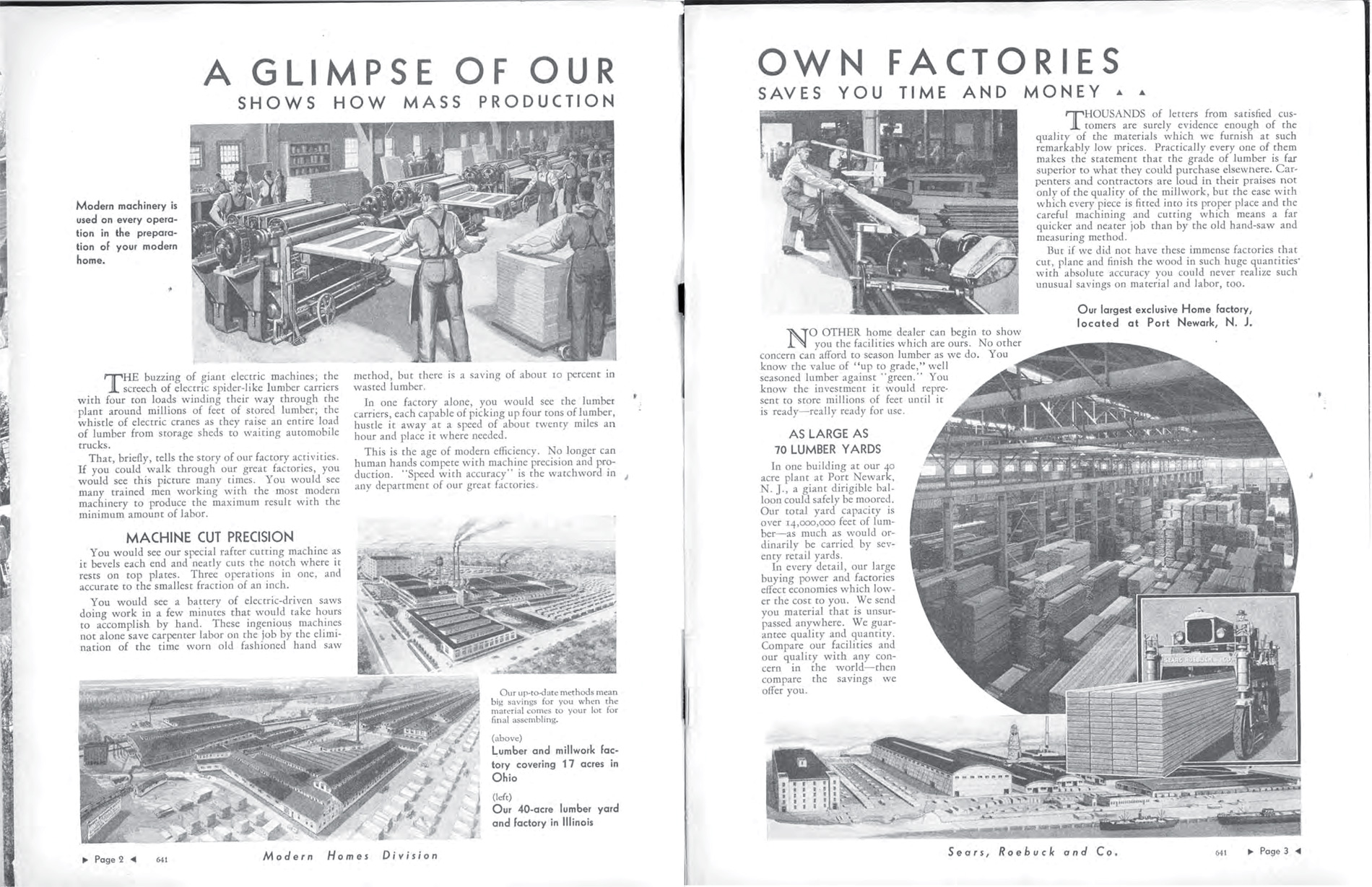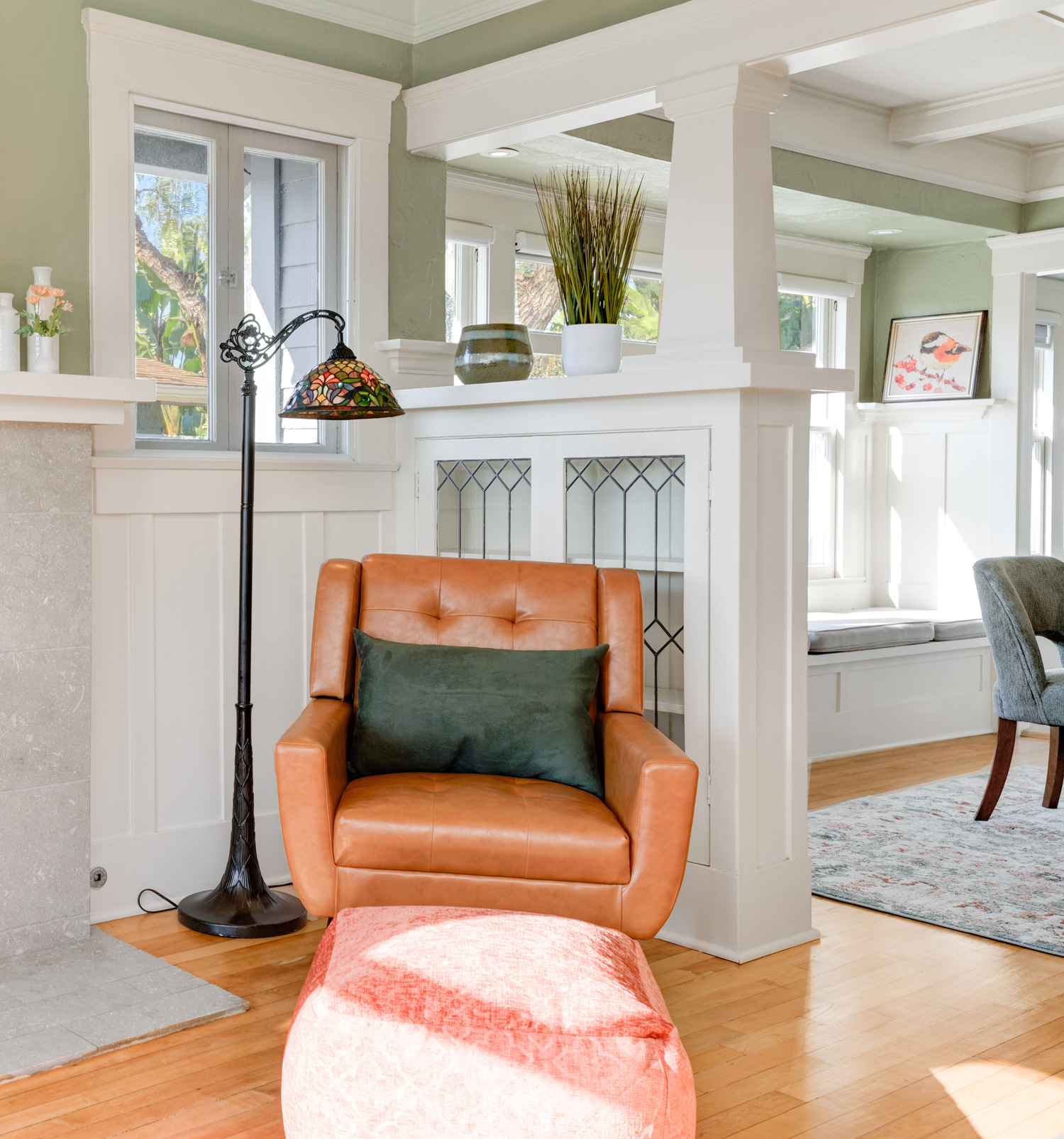The Home on Utah Street
A Nostalgic Tale of 1912 San Diego
The year was 1912. San Diego, still young and blooming, smelled of salt air and orange blossoms. Streetcars rattled down Adams Avenue, their bells chiming like wind chimes in the ocean breeze, while horse-drawn buggies shared the roads with the first sputtering automobiles. In the heart of North Park, on a quiet, sun-dappled lane called Utah Street, a new home took shape—a proud Sears Craftsman bungalow, delivered by rail in neatly packed crates, assembled with care by hands both calloused and hopeful.
The bungalow, built by George R. Horton, stood with an understated elegance, its wide porch welcoming passersby with the scent of freshly sawn timber and white oleander. Sturdy wooden beams stretched across the deep eaves, casting cool shadows over the front steps. The windows, fitted with leaded glass, flickered in the afternoon light, reflecting the golden hues of the San Diego sun. A swinging porch bench creaked ever so slightly as the wind swept in from the Pacific, carrying the distant laughter of children and the rhythmic hum of a gramophone from an open window.
It was here that Robert and Addie Lane made their home. Robert Lane, a schoolteacher with ink-stained fingers and a fondness for poetry, had scrimped and saved to purchase the bungalow for his young wife, Eleanor. She, a woman of delicate grace and tireless energy, tended to the home with a quiet devotion, filling it with the warm scent of bread rising in the oven and the cheerful clatter of a tin coffee pot in the early mornings. Their son, James, an adventurous spirit of eight years, spent his days roaming the nearby canyons, chasing jackrabbits and collecting smooth stones from the dry creek beds.
Evenings in the Thompson bungalow were filled with the soft glow of kerosene lamps and the low murmur of conversation. Addie embroidered by the hearth while Robert read aloud from a leather-bound edition of Mark Twain. The crackling fire provided a comforting counterpoint to the distant foghorns of the bay, reminding them that beyond their peaceful neighborhood, the world was vast and full of promise.
On Sunday afternoons, the Thompsons joined their neighbors in Balboa Park, where picnickers spread checkered blankets beneath the eucalyptus trees. Men in crisp linen suits and straw boaters tipped their hats to ladies in lace-trimmed dresses, while children played tag in the shade of the great Moreton Bay fig tree. The Panama-California Exposition was still a few years away, but already, the city hummed with anticipation, eager to showcase its beauty to the world.
Life moved at an unhurried pace in 1912 North Park. Milk was delivered in glass bottles, their tops sealed with thick paper caps. The iceman made his rounds in a horse-drawn cart, hoisting great frozen blocks over his shoulder with an ease that impressed young James. The local grocer knew every housewife by name, setting aside their usual orders before they even stepped inside his shop.
Seasons passed, and with them, the bungalow aged gracefully. It bore witness to laughter and sorrow, to birthdays celebrated on the porch with lemon cake and fresh-churned cream, to quiet nights when the weight of the world settled upon Henry’s shoulders as he graded his students’ papers. Through it all, the house stood firm—a testament to love, to perseverance, to the quiet joys of a life well lived.
Though more than a century has passed, if you walk by that bungalow today, you can still feel its history lingering in the air. Perhaps, on a warm summer evening, as the last rays of sunlight gild its wooden beams, you might even hear the distant echoes of a gramophone playing, a reminder of a time when life was simpler, sweeter, and filled with endless possibility.








